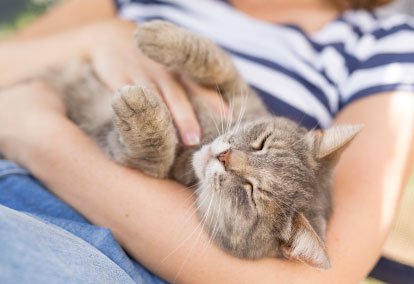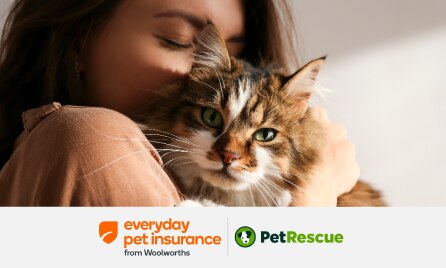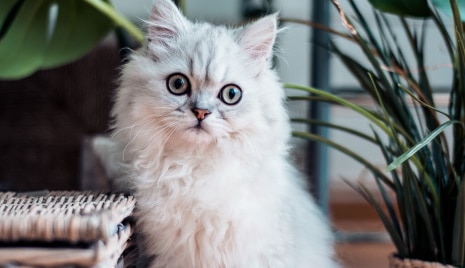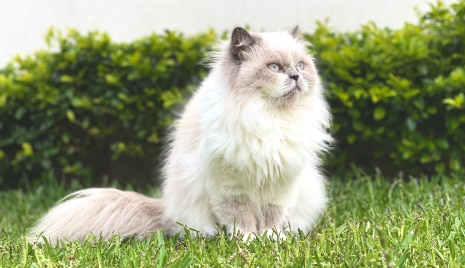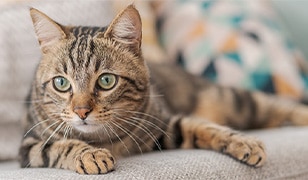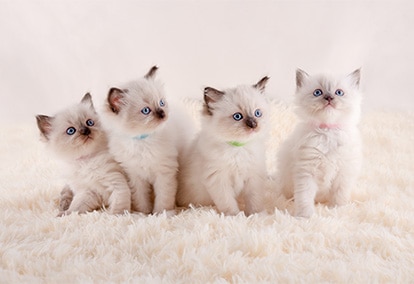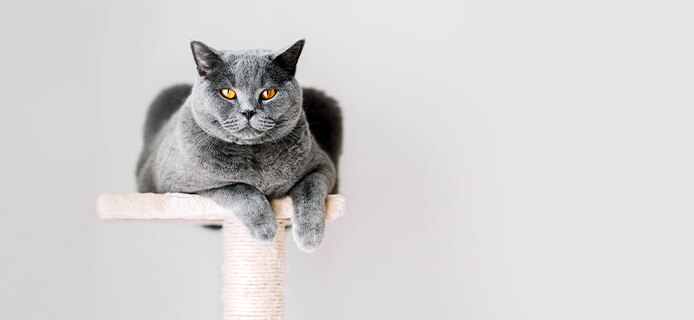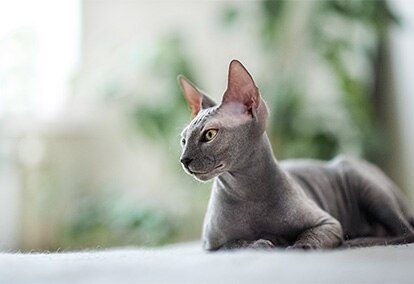- text
-
^ Pre-existing conditions and certain illnesses may be excluded. Policy terms, conditions, exclusions, limits, benefit limits, sub-limits, annual condition limits and excess may apply. For details, please refer to the relevant Product Disclosure Statement (PDS).
◇ Symptoms listed are indicative only, others can apply.
>> As at 31/12/2023 based on the previous 12 months of PetSure (Australia) Pty Ltd claims data.
What do I need to know before getting a cat?
- What to consider when choosing a cat breed.
- Cat breed characteristics.
- Get ready for your new cat!
- Common conditions in cat breeds.
- Skin conditions.
- Ear conditions.
- Gastrointestinal problems.
- Eye conditions.
- Commonly claimed conditions in cats.
- Cat insurance.
- Comprehensive Plus annual limit.#
- Claim up to 80% back.*
- Lifetime cover.‡
- Introducing GapOnly.®
- Find out more about these cat breeds.
- We're here to help.
Looking for a furry friend that provides quality cuddles but can maintain a level of independence? A cat might be the perfect fit for you.
From their cute looks to quirky behaviour, cats are relatively low-maintenance pets and require a lot less upkeep compared to their canine friends.
While you don’t have to worry about exercising and grooming your feline as much, it’s still important to consider what breed is suitable for your environment and lifestyle. Another thing to consider is what health conditions certain cats are prone to, so you can pick insurance that suits you and your cats needs.
Whether you’re an experienced cat owner looking for another addition to the family or getting one for the very first time, here are some things you should know about different cat breeds and common conditions.
